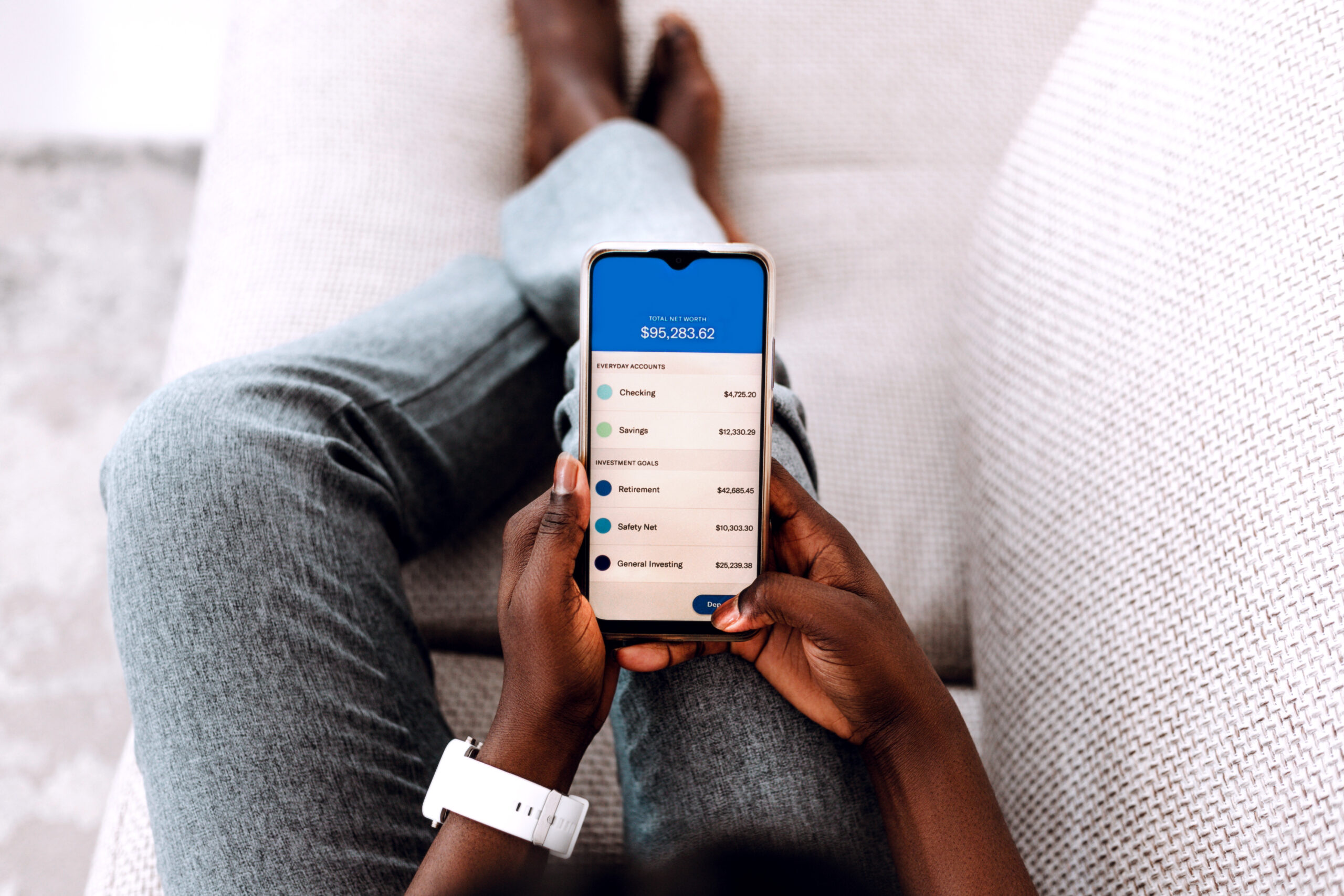When maximizing your finances, utilizing high-yield savings accounts is an option.
High-yield savings accounts are different from the traditional savings accounts most people are accustomed to when dealing with major banks. While savings accounts are the go-to way that many people store their money, high-yield accounts offer a greater return.
High-yield savings accounts have a major difference in interest rates compared to regular savings accounts. In return, your money grows faster. For many larger banks, the national average interest rate is around 0.01%. According to Fortune, high-yield savings accounts can offer average percentage rates (APY) 10 to 20 times more than traditional savings accounts.
These accounts are typically found online, but users can withdraw cash when necessary, similar to traditional savings accounts. Additionally, it is important to keep in mind that interest rates can fluctuate depending on changes from the Federal Reserve Board (Fed). One of the Fed’s primary responsibilities is to set interest rates based on the current state of the economy.
21Ninety spoke with financial educator, Mykail James, about high yield savings accounts and their resurgence in popularity for helping consumers maximize their savings. She is the founder of “Boujie Budgeter,” a financial literacy program that provides Gen Z audiences with educational workshops on budgeting and money management.
With the growing popularity of high-yield savings accounts, it is essential to note that these types of accounts are not new. In fact, they were prominent prior to the pandemic. Due to the ramifications of the global pandemic, the economy plummeted, resulting in the Fed cutting interest rates significantly. According to CNBC, the interest rates for high-yield savings accounts dropped to an “all-time low” of below 1% then.
Now that this type of account is offering interest rates of at least 4% and higher, James shared what to keep in mind before opening a high-yield savings account.
What To Consider
James said the main thing to consider is where to open a high-yield savings account. She suggested choosing a bank based on your lifestyle and what works best for your cash flow.
“The overall customer service is important,” James said. “Is there a way that you can call for information, or is it only via email and online customer support… It’s also important to remember that the rate is not the only factor to determine if you open a high-yield savings account.”
The Risks
The risks of opening an account are low since they work similarly to a typical savings account. But James warns against banks that may require a minimum deposit or monetary amount to hold in the account. She said those stipulations may make it a tad more challenging to save. James also advises against banks that urge potential customers to purchase a credit card to open an account.
“Those are counteractive,” she continued. “Credit cards are used to spend, and savings accounts are used to save more.”
The Do’s and Don’ts
James advised making a plan. Understand the rules and regulations that banks offer by reading the fine print.
Her biggest don’t – refrain from hopping between banks that may have higher interest rates.
“It’s not worth jumping from bank to bank to get the higher rate because the high yield is the annual percentage,” James continued. She noted that the interest rate is a collective percentage for the 12 months it is active.
How To Get Started
When making the initial deposit, James said the amount would be based on the minimum requirement to open an account. If no minimum amount is needed, she said it then depends on what a person is able to give.
“The most important thing to remember is to continue to put more money in the account and make a plan to increase your savings,” James said.
